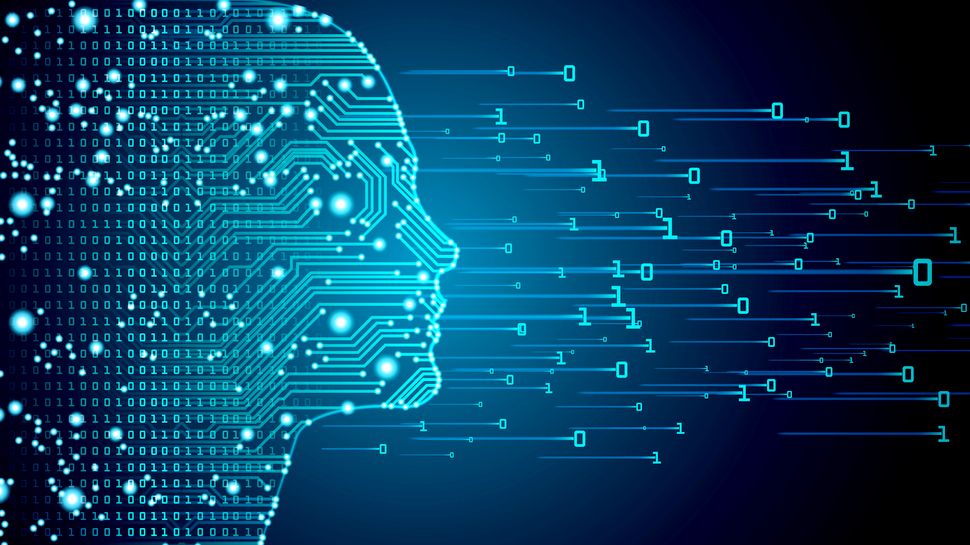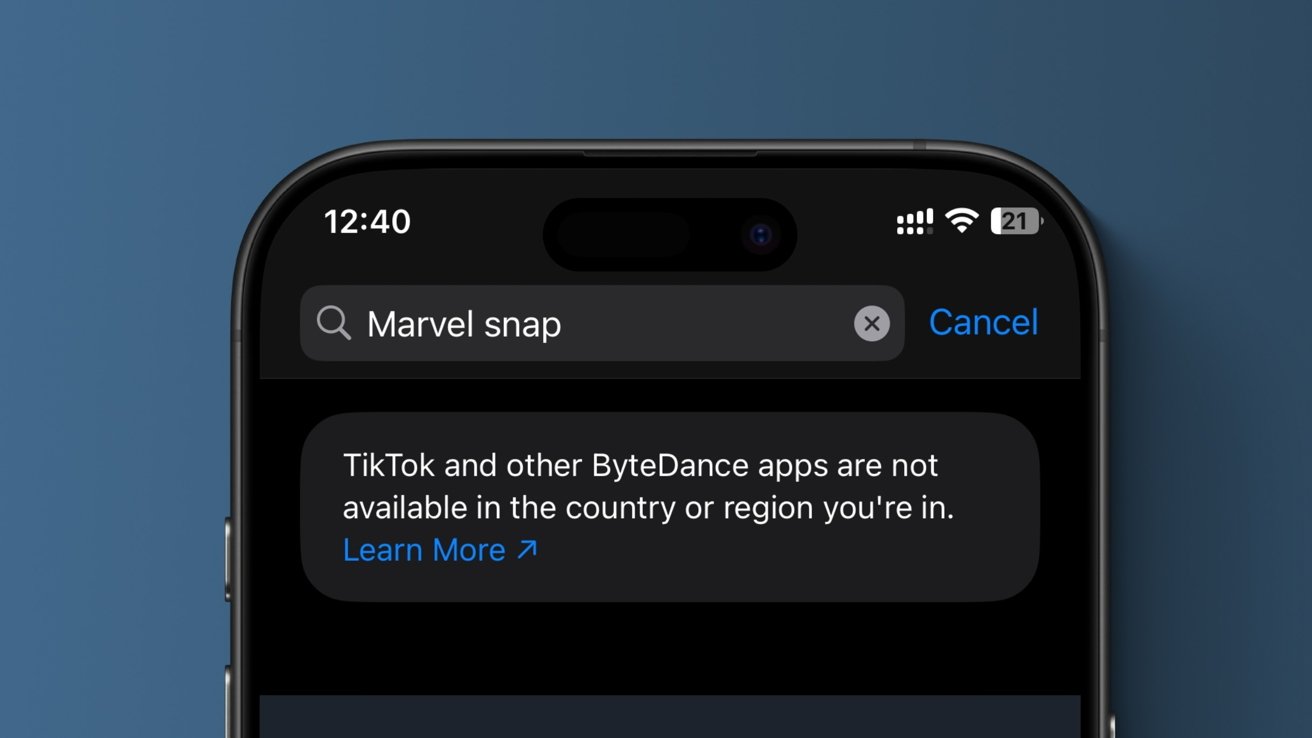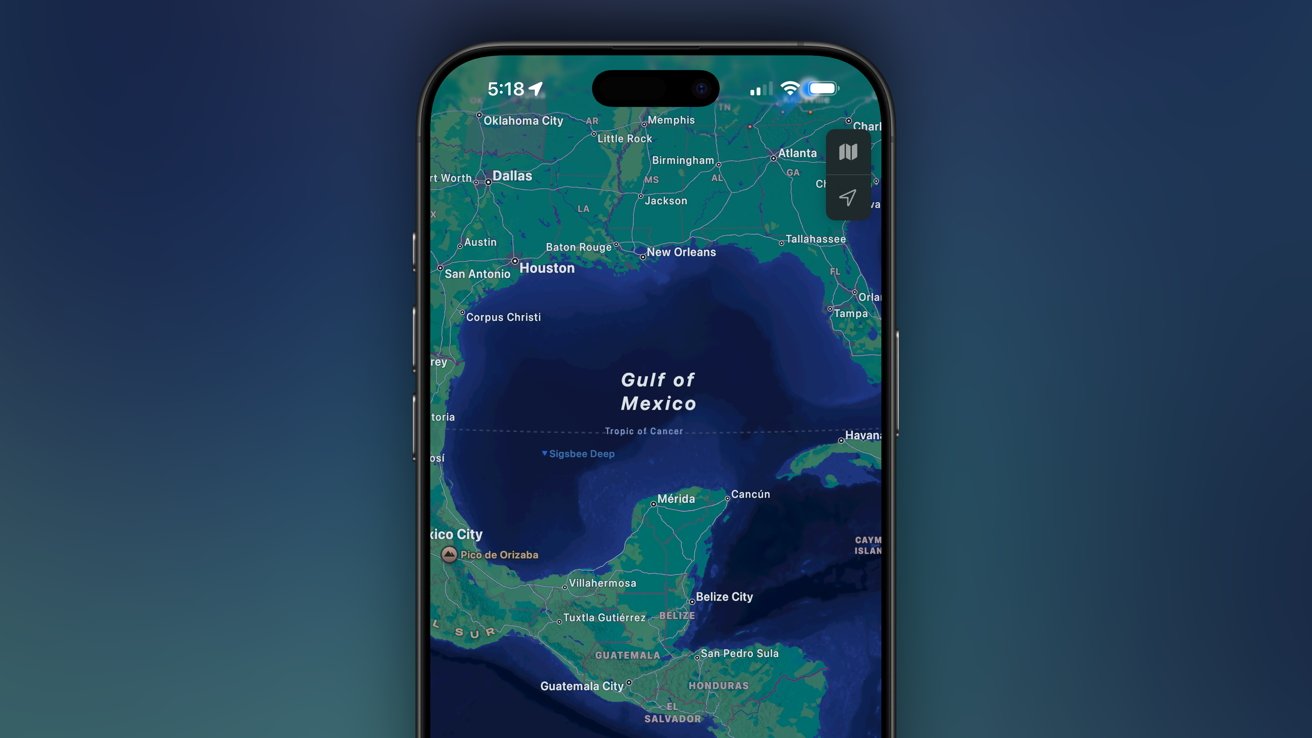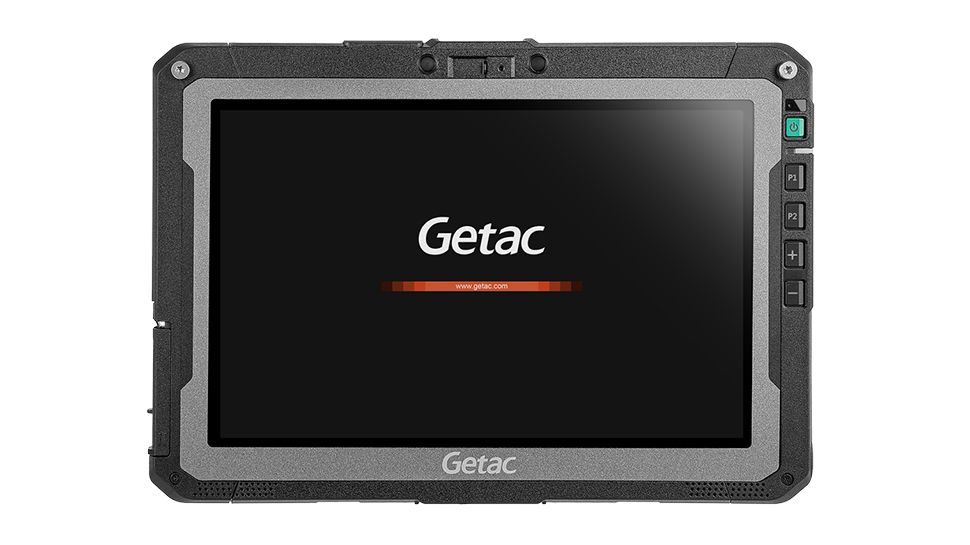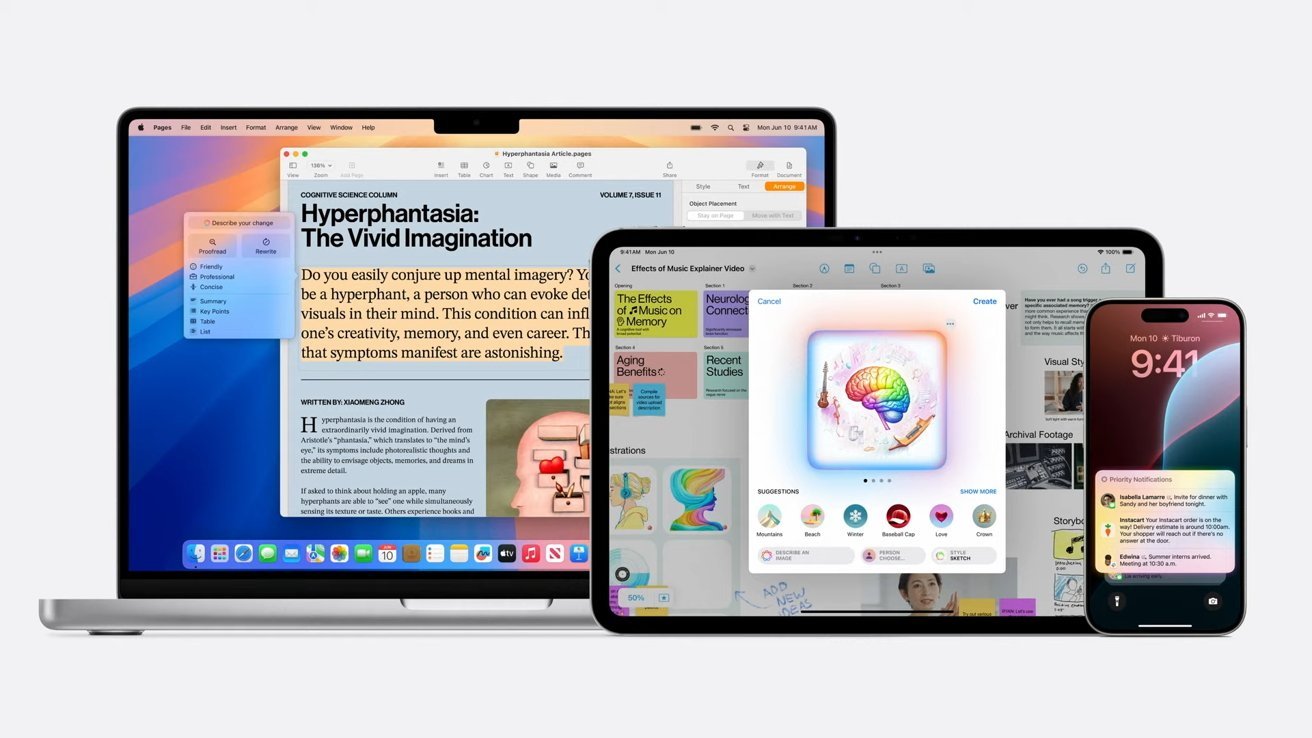The future of customer experience: AI-powered technical documentation
Share:
Using AI to simplify technical documentation. When you purchase through links on our site, we may earn an affiliate commission. Here’s how it works. Anyone who works with technology and, therefore, technical documentation knows how difficult it is to understand, create, and keep up to date. Companies rely on documentation to understand how complex technology works and how it can be used and implemented within an application or finished product. More often than not, technical documentation takes an enormous amount of time to create and maintain; there are usually errors; and drafts sit in various places and forms.
![[TikTok]](https://vanilla.futurecdn.net/cyclingnews/media/img/missing-image.svg)
In fact, engineers typically dedicate at least 50 percent of their day to tedious documentation tasks, which is critical time away from developing new products and innovations that could drive company growth and expansion. This problem only gets worse as time goes on, and the engineers who originally developed the code or wrote the documentation no longer work for the company.
![[Red padlock open on electric circuits network dark red background]](https://vanilla.futurecdn.net/cyclingnews/media/img/missing-image.svg)
We recently saw this scenario play out in a global semiconductor company when an important customer called about a long-tail legacy product built more than 20 years ago. Unfortunately, no one from the original development team still worked at the company, and there was no documentation explaining how the product had been built or evolved over the years. In the end, the company had to pull several of their best engineers to review the original codebase and answer the customer’s questions. The process proved to be both expensive and time-consuming—and it was a recurring challenge the company had grappled with for decades.
![[Padlock against circuit board/cybersecurity background]](https://vanilla.futurecdn.net/cyclingnews/media/img/missing-image.svg)
